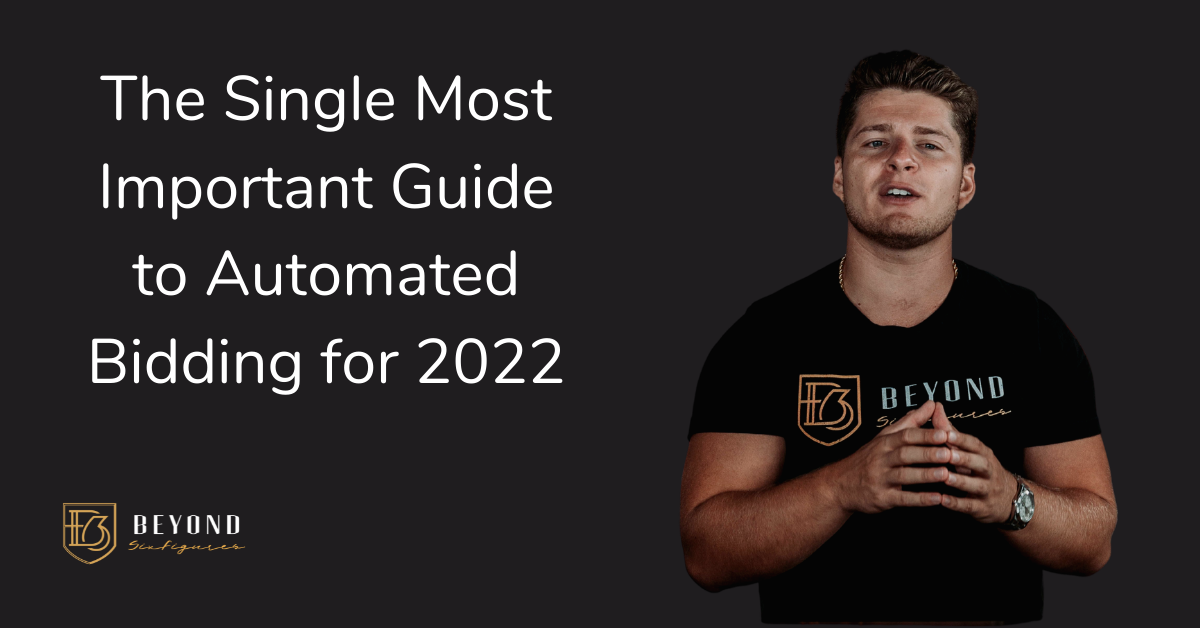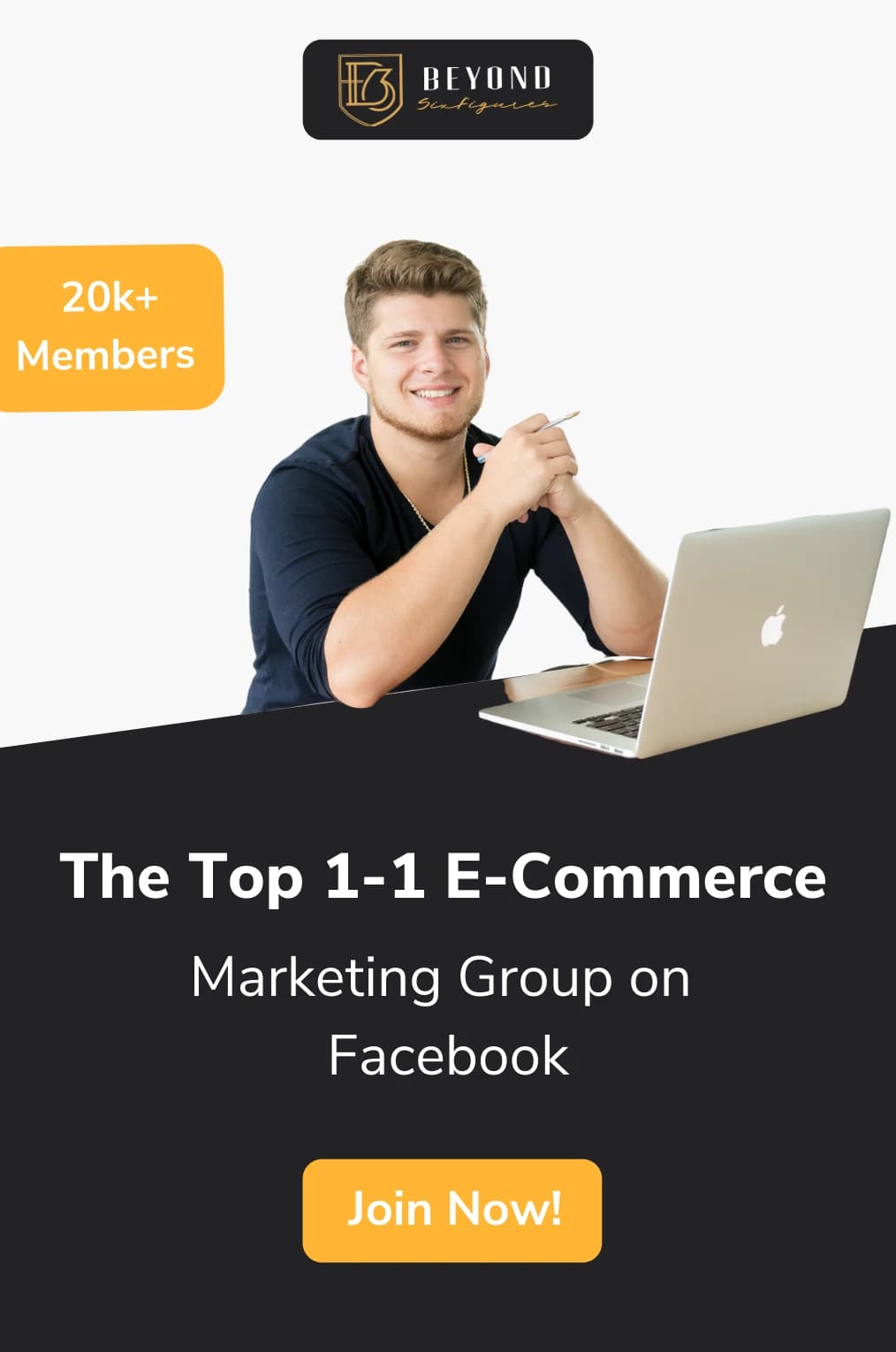The Single Most Important Guide to Automated Bidding for 2022
Although Google’s automated bidding systems have made the ad bidding process more efficient, don’t be deceived by the name. Even though they are automated, most of these strategies still involve a fair amount of work. However, these strategies are critical for the success of your business, and they certainly do not take a genius to figure out. Automated bidding essentially automates the process of setting an ad bid. In these strategies, Google automatically sets the bids for your ads based on the likelihood of clicks or conversions.
You can only set bid strategies at the campaign level, meaning that all ad groups inside a campaign will have the same bid strategy as the campaign itself.
For individual campaigns, you can use a variety of different techniques. You also have the option to specify the campaign strategy at the account level and apply it to several other campaigns simultaneously.
This post will go through the various automated bidding strategies that you can use in your advertising efforts. Some methods may be effective for your campaigns, while others may not be effective for you. Therefore, it is crucial to understand each approach to identify the most appropriate ones for you and your business.

What is Automated Bidding?
Automated bidding is a Google Ads bid method that maximizes outcomes depending on the designated campaign objectives. With automated bidding, Google determines the appropriate bid value based on the potential result of a click or a conversion for your campaign.
To make this happen, they examine data such as the device and operating system used by the user as well as the time of day they are searching, demographics, and location.
In Google’s automated bidding system, all of the techniques are known as portfolio bidding strategies. This just means that they are part of an automated, goal-driven bid strategy that groups multiple campaigns, ad groups, and keywords.
With automated bidding, there is no need to manually adjust bids based on keywords or ad groups as Google takes on that heavy lifting. Instead, the bids are set automatically and vary between ad auctions.
Still figuring out the differences between Facebook ads, ad sets, and campaigns? Check out our guide, The Complete Facebook Ad Set Guide to Boost Your Q4 Sales
8 Different Types of Automated Bidding
Enhanced CPC Bidding
When using Enhanced CPC, the goal is to boost conversions while maintaining control over your keyword bidding.
Enhanced CPC (ECPC) differs from other bid strategies in that it is not a stand-alone approach. Instead, this strategy is used in conjunction with a manual bidding strategy.
With Enhanced CPC, Google will automatically alter your manual bids to assist you in raising your conversion rate while keeping your cost per conversion as low as possible. In addition, you can choose to either optimize the bidding for conversions or conversion value. Thus you give the system the ability to alter the price at each auction, with the intention that the average cost per click will remain about the same as the bid you have specified.
So, for example, if you bid $15 for [running shoes], the system may bid higher on auctions with a higher likelihood of conversion and lower on auctions with a lower chance of conversion, even if the searches are identical.
Maximize Clicks
To boost the number of visits to your website, you can use the Maximize Clicks strategy. This technique automatically sets bids to assist you in maximizing clicks while staying within your budget constraints.
There are two versions of the strategy available: a conventional method for a single campaign and a portfolio bid strategy that you can apply to several campaigns, ad groups, and keywords at the same time.
This method may be extremely effective if you’re attempting to bring more traffic to your site for the sake of branding and list development or if you already have a high conversion rate and want to find extra traffic to supplement it.
When setting a maximum CPC restriction, advertisers may help keep CPCs low while Google spends the daily budget on other things.
Maximize Conversions
Maximize conversions automatically sets bids to assist you in acquiring the most conversions possible for your campaign while spending the entirety of your budget.
Google will automatically optimize bids for a higher volume of conversions.
The Maximize Conversions strategy is a Smart Bidding approach that is entirely automated. However, this technique does not allow for any form of capping, limitation, or targeting in terms of budget or target audience when it comes to bidding.
Its goal is to provide you with the greatest number of conversions for the least amount of money. This technique is designed to make maximum utilization of the available spending funds.
Maximize Conversion Value
The Maximize Conversion Value strategy is similar to the Maximize Conversions strategy, but it focuses on value versus quantity.
The bid strategy is based on conversion value, which means that one of the parameters considered by Google’s machine learning system is another crucial element, conversion value.
Now, unlike with the Maximize Conversions strategy, the algorithm considers not just the likelihood that a click will result in conversion but also the potential value of the conversion.
It’s important to note that with a Maximize Conversions Value strategy, your tracking must be properly set for value-based bidding.
Still not sure how to start with creating a bidding strategy? Find all your answers and more in our blog post, Which Factors Should an Advertiser Consider When Deciding on a Bidding Strategy For a Strong Q4?
Target Cost Per Action ( tCPA)
Target CPA gives you more control over your automatic bidding than you previously had. With this technique, Google automatically sets search or display bids to assist you in receiving as many conversions as feasible at the goal cost-per-acquisition (CPA) that you have specified. As a result, some conversions may be more expensive or less expensive than you anticipated.
However, it is important to note that Google needs to have a high volume of conversion data to make intelligent decisions. So if your website doesn’t have that high of conversions, this may not be your best strategy.
Target Return on Ad Spend (tROAS)
When you want to focus on driving the highest value of conversions, the Target ROAS would be your best bet.
With Target ROAS (tROAS), the focus is on your desired ROAS (Return on Ad Spend). In this strategy, Google Ads works to predict future conversions and conversion value based on historical data. Then it will automatically adjust the bids in real-time to maximize your conversion value while working to achieve the Target ROAS.
Viewable CPM (vCPM)
The cost per thousand visible impressions (vCPM) is referred to as the Viewable CPM. To be considered viewable, according to Google, an advertisement must be visible on the screen for one second or longer to be considered displayable.
Video advertisements must be shown on the screen for two seconds or longer to be considered viewable.
A Display-only bid strategy allows advertisers to bid for impressions while their ad is shown in a visible place, as opposed to other types of bid strategies.
If you’re focusing on extending your brand coverage and simply want to get your message in front of a high number of people, vCPM bidding is a terrific option.
Cost Per View (CPV)
The ability to bid on individual views is only available for video ad campaigns. However, using the Cost Per View automated bidding strategy, you may establish a campaign-level bid limit, which indicates the maximum amount you are prepared to spend for each view or interaction that occurs on your video (whichever comes first).
How to Choose an Automated Bidding Strategy That Will Work
Essentially it all comes down to your business goals. Luckily because Google Ads does allow automated bidding strategies to be set at either the ad group, campaign, or portfolio level, you can set different bid strategies to meet individual goals.
So while there isn’t just a straightforward answer, it’s wise that you understand the pros and cons of each strategy and how they’ll work for your campaigns.

Introducing the Farm Method
The BeyondSixFigures Farm Method, designed by Ecommerce expert Justin Woll, is a carefully crafted blueprint designed explicitly for eCommerce store owners to scale their marketing efforts.
The blueprint is divided into five sections that map out an entire journey keeping four things in mind: Consistency, LOW CPP, Infrastructure, and Scalability. Let’s just say, this is the ONLY complete guide you need to propel your advertising efforts and make them work for you.
Check out the BeyondSixFigures Farm Method
Frequently Asked Questions
Which type of automated bidding strategy is target cost-per-acquisition CPA?
A conversion-focused bidding strategy is target cost-per-acquisition (CPA). Google bids are adjusted to create as many conversions as feasible at the target cost per action that you choose using the tCPA strategy.
What is target ROAS bid strategy?
Target ROAS is virtually the same as Target CPA. However, it measures the return on ad spend (ROAS) rather than cost per acquisition (CPA).
Which type of automated bidding strategy is target return on ad spend?
This is a revenue-focused bidding strategy that aims to maximize return on ad spend (ROAS). This bid strategy should be used if you measure the revenue or value connected with your conversions and want to maximize that figure as much as possible



Leave a comment